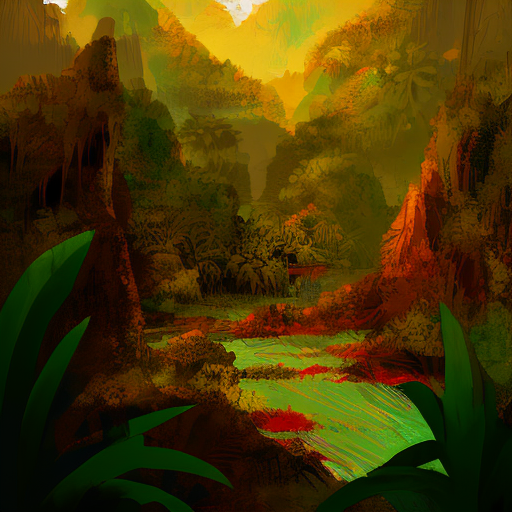One-line Summary:
Robinson Crusoe is a classic adventure novel that tells the story of a man’s survival and self-discovery after being shipwrecked on a deserted island.
The Tale of Survival:
Robinson Crusoe, written by Daniel Defoe and first published in 1719, is a captivating tale of adventure, resilience, and self-discovery. The novel follows the journey of the titular character, Robinson Crusoe, who finds himself stranded on a deserted island after a shipwreck.
As Crusoe begins to explore his new surroundings, he faces numerous challenges and obstacles. He learns to adapt to the harsh environment, building shelter, finding food, and surviving the elements. Through his resourcefulness and determination, Crusoe manages to create a semblance of civilization on the island, taming wild goats, growing crops, and even constructing a boat.
The Loneliness and Spiritual Awakening:
One of the central themes of Robinson Crusoe is the profound loneliness experienced by Crusoe during his time on the island. Cut off from human contact for years, Crusoe grapples with the psychological and emotional toll of isolation. He longs for companionship and yearns for human interaction, often reflecting on his past life and the mistakes he made.
However, Crusoe’s solitude also leads to a spiritual awakening. He turns to religion as a means of finding solace and purpose in his solitary existence. Crusoe begins to see his predicament as a form of divine punishment for his past transgressions. He finds comfort in his newfound faith, using it as a guiding force to shape his actions and decisions.
The Return to Civilization:
After spending nearly three decades on the island, Crusoe’s isolation is finally broken when he encounters a group of cannibals. He rescues one of their captives, a native man named Friday, and the two develop a close bond. Crusoe teaches Friday English and converts him to Christianity, further reinforcing his role as a mentor and father figure.
With Friday’s help, Crusoe manages to escape the island and return to civilization. However, his time on the island has transformed him. He is no longer the same man who was shipwrecked years ago. Crusoe’s experiences have taught him the importance of self-reliance, resilience, and gratitude for the simple joys of life.
Key Takeaways:
- Resilience and resourcefulness are essential for survival in challenging circumstances.
- Loneliness can lead to self-reflection and spiritual growth.
- Isolation can provide an opportunity for self-discovery and personal transformation.
- Human connection and companionship are fundamental to our well-being.
“I learned to look more upon the bright side of my condition, and less upon the dark side, and to consider what I enjoyed, rather than what I wanted: and this gave me sometimes such secret comforts, that I cannot express them; and which I take notice of here, to put those discontented people in mind of it, who cannot enjoy comfortably what God has given them, because they see and covet something that He has not given them.”
Robinson Crusoe is a timeless tale that explores the themes of survival, loneliness, and self-discovery. It serves as a reminder of the resilience of the human spirit and the transformative power of adversity. Through Crusoe’s journey, readers are encouraged to reflect on their own lives, appreciating the value of companionship, gratitude, and the ability to find joy in the simplest of things.












